What crops can be planted after the feast of the Holy Trinity?
It has long been believed in Russia that the planting of a vegetable garden must be completed without fail before the feast of the Holy Trinity. For those people who do not adhere too much to the rituals and are not fanatical in the religious faith, the question of whether or not they can be planted after the Trinity seems absurd. As you know, this church holiday is celebrated on the 50th day after Easter. The earliest Easter falls on April 4, which means that the planting of vegetables, root crops and flowers, regardless of weather conditions, must be completed by May 23. This is often unrealistic even in the middle lane, not to mention places with a more severe climate.
Of course, even after Trinity, it is possible and necessary to plant those crops that for some reason could not be planted earlier. In addition, there are plants that are advisable to plant in June and July.
To better understand the issue of the possibility of planting after Trinity, you need to remember the religious holiday of the Spirits, the day that is usually celebrated on Monday, immediately after Trinity. It is believed that the Earth-nurse was born on this day and therefore it would be a great sin to plow, loosen or plant. Probably, this is the origin of the belief that after the Trinity one cannot plant.
What can be planted after Trinity in June
June is the first warm month of summer, when the threat of recurrent frosts has passed, the soil has warmed up enough, and the air temperature at night does not drop below 10 ° C. At this time, it is best to plant seedlings of heat-loving plants in open soil, namely tomatoes, peppers, eggplants, zucchini, squash.
In the first decade of June, white cabbage is planted with seedlings, seeds of winter radish, carrots and celery are sown. Many are engaged in planting potatoes.
In June, after Trinity, you can plant beans and peas, radish, green onions and lettuce. Flower cultures should not be forgotten either. June is a good time to land asters and nigella, poppies and kochii, nemophila and nasturtium, calendula and levkoya, zinnium and forget-me-nots, marigolds and many other varieties of flowers.
After June 15, it is advised to plant cucumbers. For the rapid germination of seeds of this culture, it is necessary that the air temperature at night be kept about 15 ° C. In cold weather, the seeds "sit" in the ground for a long time and may not germinate at all.
What is planted in the garden in July
In the middle of summer, after Trinity, part of the harvest has already been harvested, space has become vacant in the beds and work on the site continues. In order to pamper yourself with fresh vegetables and herbs all summer, as well as make decent reserves for the winter, in July you can plant crops again that will have time to ripen before the onset of autumn.
- Greenery
At the end of July, you can plant a second time mustard, cilantro, arugula, various salads. Greens are cold-resistant crops, so they can be planted all season, from May to August. Salads contain a large amount of nutrients and are used only fresh.
To prevent plants planted in July from forming arrows, it is necessary to choose late varieties. The soil in the area set aside for growing greenery should be well fertilized with organic matter.
Plant care consists in loosening the soil and watering regularly.
Important!
Insufficient watering affects the taste of green salad. The leaves of the vegetable are very bitter.
- Dill
In the middle of summer you can plant dill... This common herb is added as a spice for canning and pickling vegetables. The preparation of any salad is not complete without dill. Greens are used for sauces and seasonings. Many housewives harvest dill for the winter in dried or frozen form.
- Sorrel
In July after Trinity, you can sow sorrel seeds.This is a perennial plant, and a full harvest after summer planting can only be obtained in the next season. However, in the fall it will be possible to collect young leaves of greenery, which contains vitamins, potassium and iron salts, organic acids.
The next spring, the sorrel is transplanted to a new location, leaving small distances between the plants. Crop care consists in regular watering, weeding and loosening of the soil.
- Cucumbers
Many gardeners plant cucumbers in mid-July. If you plant this beloved vegetable in mid-May, then, as a rule, in July, fruiting decreases significantly, and by August it ends altogether. By planting cucumbers a second time, you can get an excellent harvest in September. The main thing is to monitor night air temperatures and, if they drop, cover the cucumber plantings with a protective film.
- Beet
July is a good time for the second planting of beets. In summer, this culture is best planted with seedlings. It should be remembered that beets planted in the garden in the middle of summer will not grow too large. However, small roots are good for winter harvesting.
- Cabbage
In early July, experts advise planting white cabbage. Early varieties have an average growing season of 55 days, so by September you can get a full harvest of this healthy vegetable.
In addition to ordinary cabbage, you can plant broccoli, kohlrabi or Beijing... Vegetables planted during the hottest month of summer should be watered regularly. To improve the supply of oxygen to the root system, it is necessary to periodically loosen the soil around the plants.
- Potatoes
Summer potato varieties are planted in July. Vegetables obtained as a result of summer planting not only have an excellent taste, but are also better preserved in the winter season.
- Bow on feather
In the summer, many gardeners plant onions on a feather... This vegetable contains many more nutrients, in particular vitamin C, than regular onions. Green onions are undemanding to the composition of the soil and can grow well almost anywhere. Plant care consists of watering, loosening and regular feeding.
Thus, it can be seen that after the Trinity, it is possible to plant and grow a huge number of a wide variety of vegetable and flower crops. The main thing is to properly and timely care for the plants, and the result will not be long in coming.

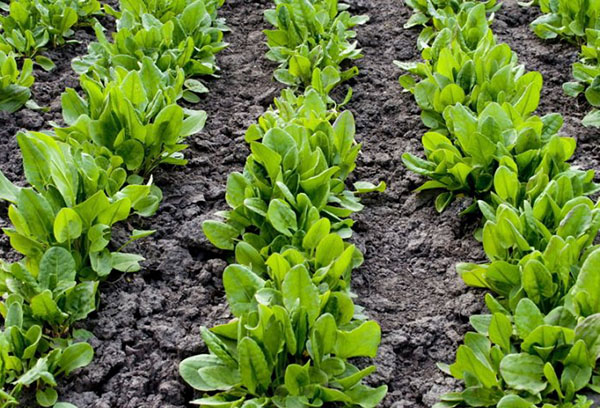
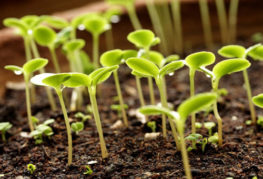
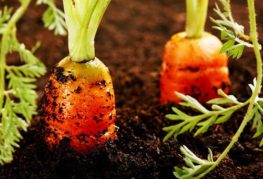

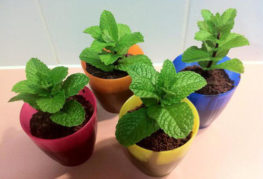
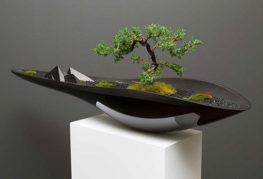
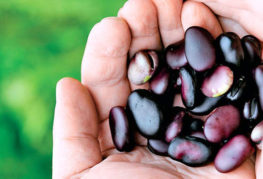
Thanks a lot for the article. And then everyone intimidated me - "I have to catch the Trinity." and in the yard the end of May and in the morning +1 degrees. Southern Urals!
Well, at least they reassured me, now I will be calm. Due to some circumstances, I did not plant tomatoes.
What about carrots that you can't plant?
Many thanks THERE WAS THE RAIN AND THE COLD WAS NOT PLANTING THE TOMATOES EXPERIENCED THAT I WAS NOT SUCCESSFUL UNTIL TRINITY.
Thank you Huge-exhaled! And then I, too, like many, was worried that I had not planted everything until the TRINITY (although I suspected that not everything was so categorical) Knowledge-Power! Thank!
Thank you so much for such an informative article!